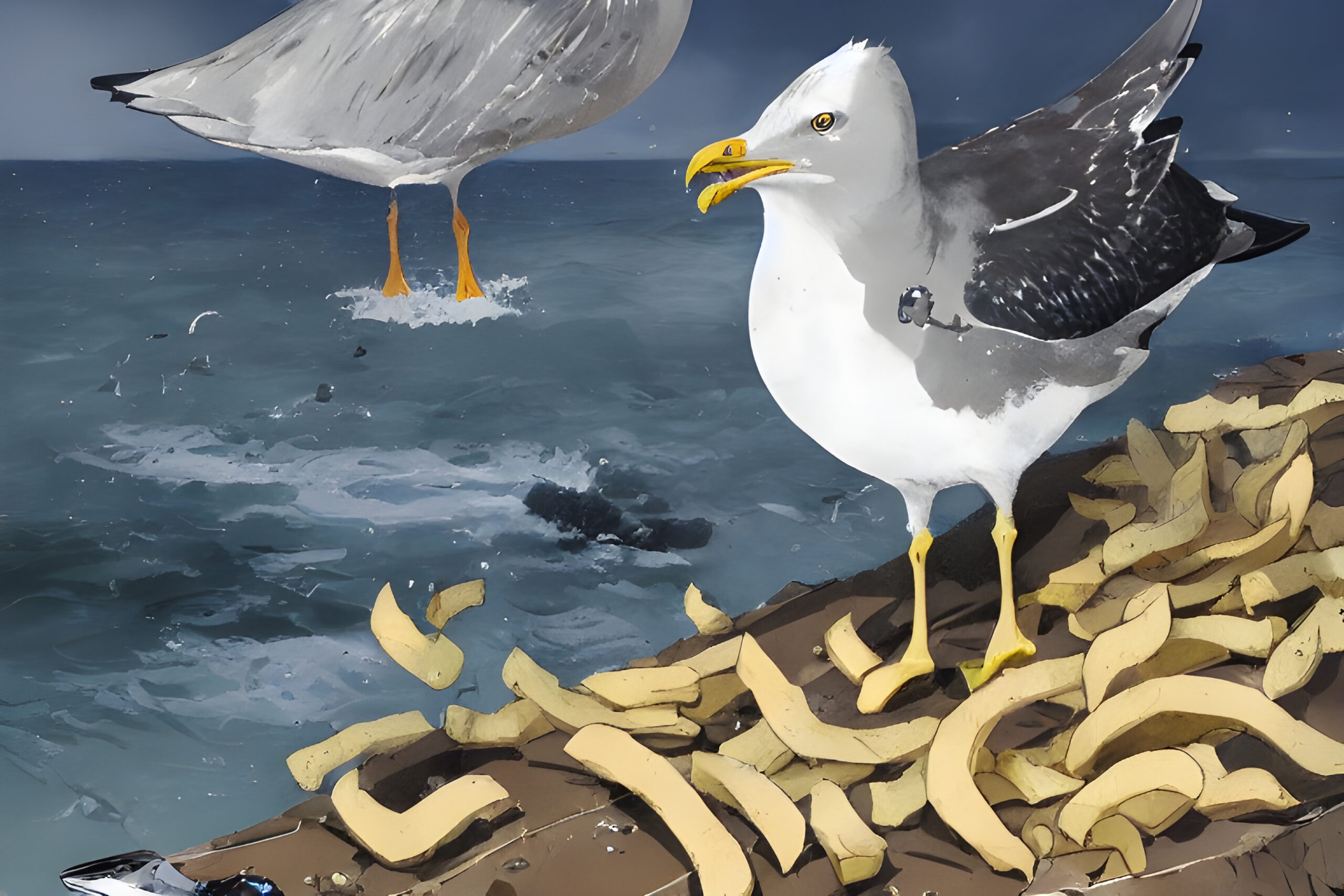Several years back (May 2020) this is the reply I got from ELC, which was classified as an Freedom of Information request, so I had to pay £17.50. The information would have taken almost no time to compile, it looks like there are no records. Had I requested an MSP, MP or a councillor surely it would have been free? Such is democracy.
1. What is the estimated nesting gull population, breeding pairs / nests, by species and locality in East Lothian in each of the last 5 seasons that it has been recorded?
East Lothian Council (ELC) do not record this information and do not know the total numbers of breeding pairs.
Gull control undertaken in Musselburgh and Dunbar only, number of nests identified each year over the last five years have not altered greatly.
Musselburgh, approximately 150 identified nests (50% Lesser Black Backed Gull, 50% Herring Gull).
Dunbar, approximately 50 nests (100% Herring Gull).*
2. How many gull nests were treated, by species and locality in each year?
Exact numbers not recorded but treated as many nests as possible and accessible.*
3. What was the reach of those treatments (e.g. 60% of known nests)? Reasons for non and missed treatments.
Unknown.* Reasons for non-treatment or missed nests can range from location not safely accessible by ladder or hoist. Hoist could not be positioned correctly on the road due to parked cars / obstructions. Mechanical issues or problems with the hoist. Not enough time to complete treatments.
4. What was the effectiveness of the treatments?
Estimate that treatment is up to 70% effective.
5. The number of reports of nuisance, broken down by nature of the damage or threat, e.g. to property and to humans.
ELC does not record this information*
6. The costs of treatments and manpower.
| TRX Date | Debit Amount | Description |
| 09/06/2015 | £600 | Seagull Control |
| 17/08/2015 | £100 | Removal Gulls |
| 22/09/2015 | £60 | Seagull treatment |
| 21/06/2016 | £600 | Seagull Treatments |
| 20/06/2018 | £1,100 | Gull Control |
| £2,460 |
- The additional costs (indicating staff time) if possible of handling call outs (the number) and gull removals (number) or supplementary measures (number) by locality in each year.
ELC does not record this information*
*Under Regulation 10(4)(a) of the Environmental Information (Scotland) Regulations 2004, I must formally advise you that East Lothian Council has been unable to comply with your request as the information you require is not held.
Conclusion: Today gull control is available only as a discretionary service. East Lothian Council changed policy on routine gull treatment in 2019 (not 2018 as the table implies), and ceased control in Dunbar and Musseburgh, possibly due to a staff change and to save money. But not a lot was saved as the sums spent were trivial in most years reported.
ELC records only anecdotal information about the populations of each species and limited information as to the extent of treaments (as many as possible) or their effectiveness (70% looks like an off the cuff guess not an estimate).
We don’t know what ELC’s estimate of the current populations is based on. Possibly an earlier survey but as likely as not an off the cuff estimate.
If you make a complaint about gulls, ELC seemingly can’t or won’t record this, unless it incurs a cost AND it is recorded in the ledger.
We don’t know a lot about the ecology of urban gulls, but it is an interesting topic and what with such birds dying in large numbers from avian influenza, we should be learning as much as we can.
Residents in Dunbar and Musselburgh know the full costs of living with these beautifulbirds: lost sleep, window cleaning, car washing, deck scrubbing, gutter/rhone blocking, flue obstructions, litter clearing …
And some locally grown twaddle about our feathered friends.


This project is more interested in enumerating the urban populations and in the light of better knowledge determine ways of living with the species on the one hand (towns are not so great for these birds or their young) and improving their natural habitats or offering man made alternatives, where they would do less harm. The costs of urban gulls are largely felt by poorer people who around here mainly live on High Streets. Large numbers of gulls were removed by the RSPB in the 1970s from the Isle of May. Not sure anyone is advocating anything like that today.
I think anyone who lives in an urban area which is infested with gulls would not feel as sympathetic. From March through to September their noise is incessant from dawn to dusk, which in my personal case means that by July I am suffering from serious sleep deprivation as their shrill cries start as early as 3.30 am and continue until after 10 pm at night. They foul the pavements, frighten some people with their behaviour during the mating season, rip open bags of rubbish on bin collection days and scatter it all over peoples’ doorways, pavements and even the roads. It costs the Council huge sums to clean up after them. Add to that the damage they do to buildings, blocking gutters, etc.
In an age when humans are depleting the world of creatures, how can it still be acceptable to eliminate animals that don’t fit into our way of thinking? Gulls are only a nuisance because of human behaviour – loss of apex predators, edible waste being left lying around, loss of rural habitat. Shooting gulls is certainly a quick answer but like eating fast food, it might solve a short term issue but it is not sustainable nor healthy in the long run.